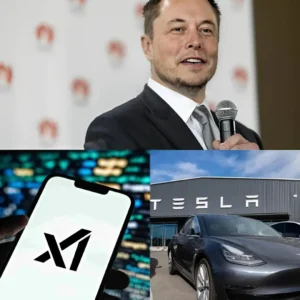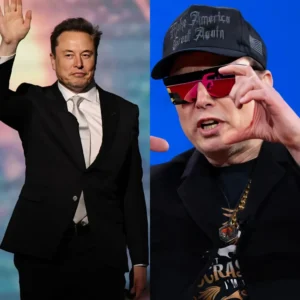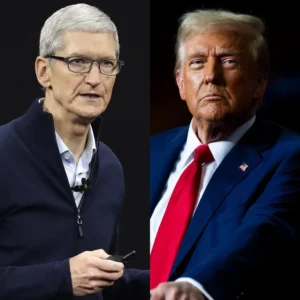Former President Donald Trump has once again escalated tensions with Apple Inc., issuing a stark warning of a potential 25% tariff on the company’s products if it fails to shift its manufacturing operations back to the United States. This latest development marks a significant intensification in the ongoing pressure Trump has placed on Apple and its CEO, Tim Cook, amid growing concerns over the tech giant’s reliance on overseas production.
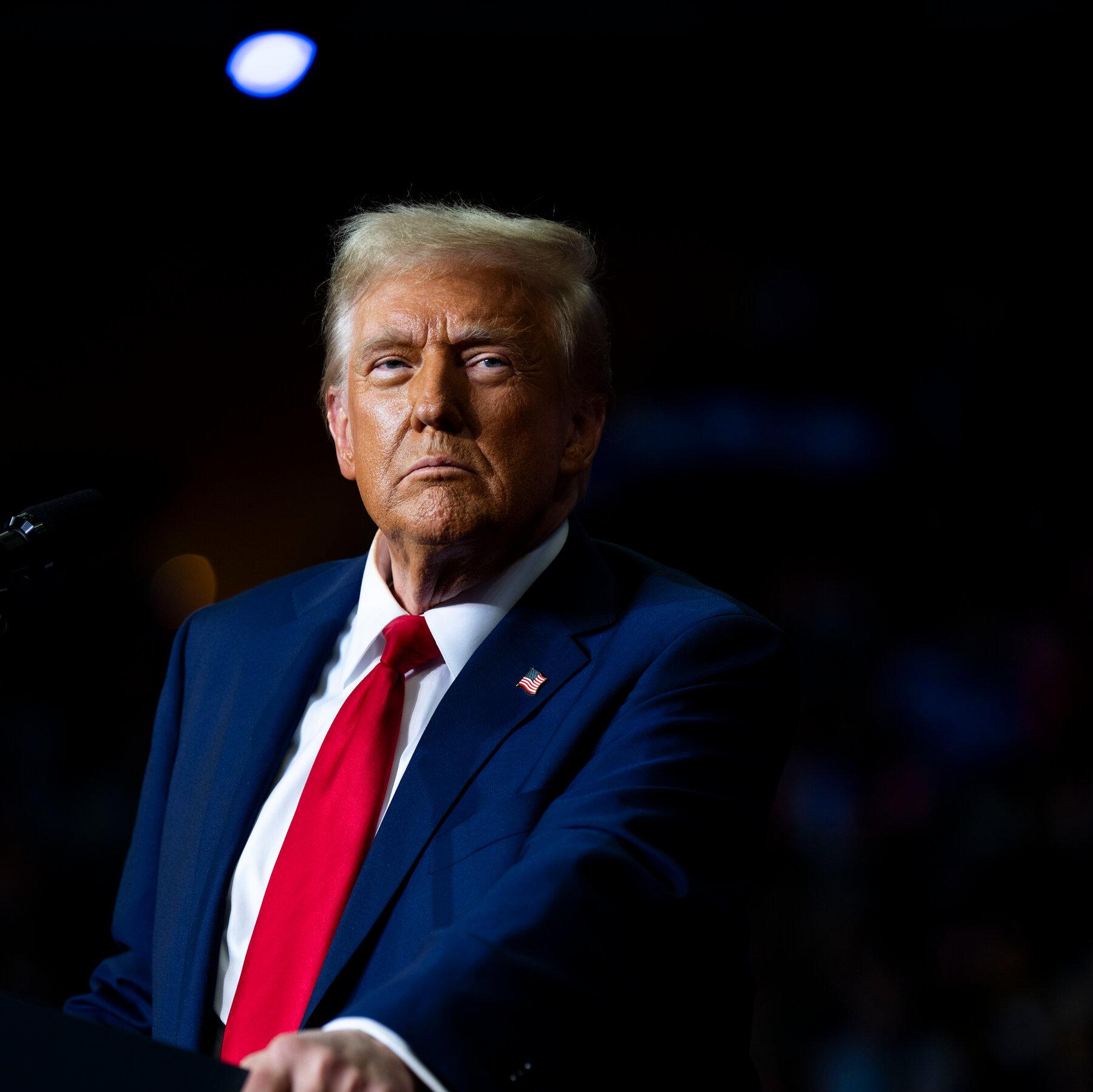
The announcement came via Trump’s social media platform, where he declared his expectation that Apple’s iPhones sold in the U.S. must be “manufactured and built in the United States, not India, or anyplace else.” Trump emphasized that failure to comply would result in a hefty tariff of at least 25%, a move that could dramatically increase the retail prices of Apple products and disrupt the company’s global supply chain.
Trump’s ultimatum reflects his broader economic policy of encouraging domestic manufacturing and reducing dependency on foreign production, particularly in China and other Asian countries. Apple, like many other technology companies, has long outsourced much of its manufacturing to countries where labor and production costs are lower. However, this strategy has drawn criticism amid ongoing trade disputes and concerns about economic nationalism.
The threat of a 25% tariff on iPhones and other Apple devices is alarming for investors and consumers alike. Analysts warn that such a tariff could raise costs significantly, potentially passing higher prices onto customers and affecting sales volumes. Industry experts estimate that relocating Apple’s complex manufacturing processes to the United States could cost billions of dollars and require years of investment in new facilities and workforce training.
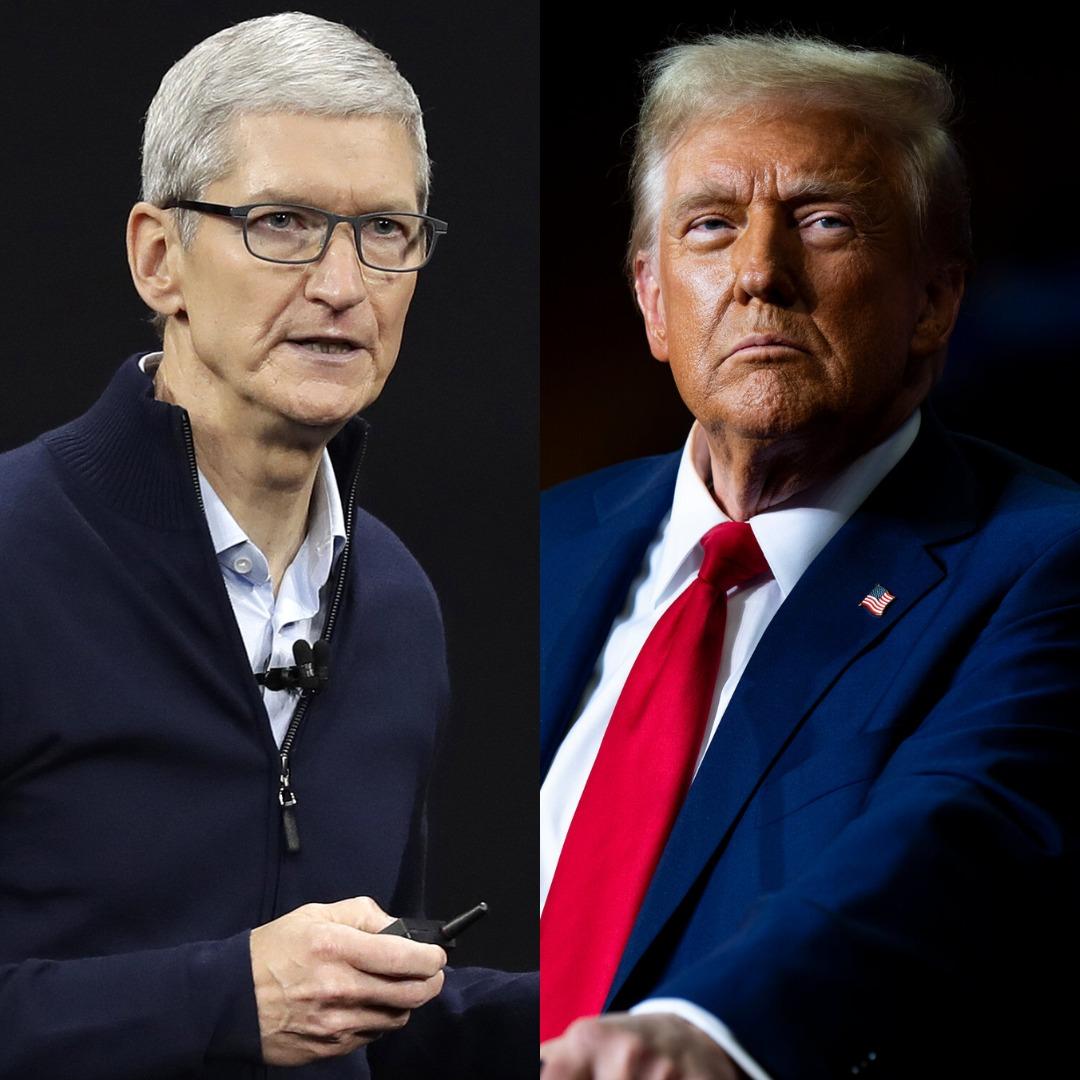
Apple has already begun shifting some production away from China to countries like India and Vietnam, partly in response to previous tariffs and geopolitical risks. Nevertheless, the company has been clear about the challenges of moving large-scale production back to the U.S., citing infrastructure limitations and high operational costs as major hurdles.
Tim Cook has maintained a cautious stance regarding the tariff threats, emphasizing Apple’s commitment to its global supply chain and the importance of maintaining innovation and efficiency. Despite Trump’s public pressure, Apple continues to invest in U.S. operations, including plans for new campuses and increased employment, but has stopped short of announcing any major moves to bring iPhone manufacturing back stateside.
The escalating rhetoric between Trump and Apple signals potential volatility for the tech industry, especially as trade policies remain unpredictable. Market reactions have already been noticeable, with Apple’s stock experiencing fluctuations amid the uncertainty.
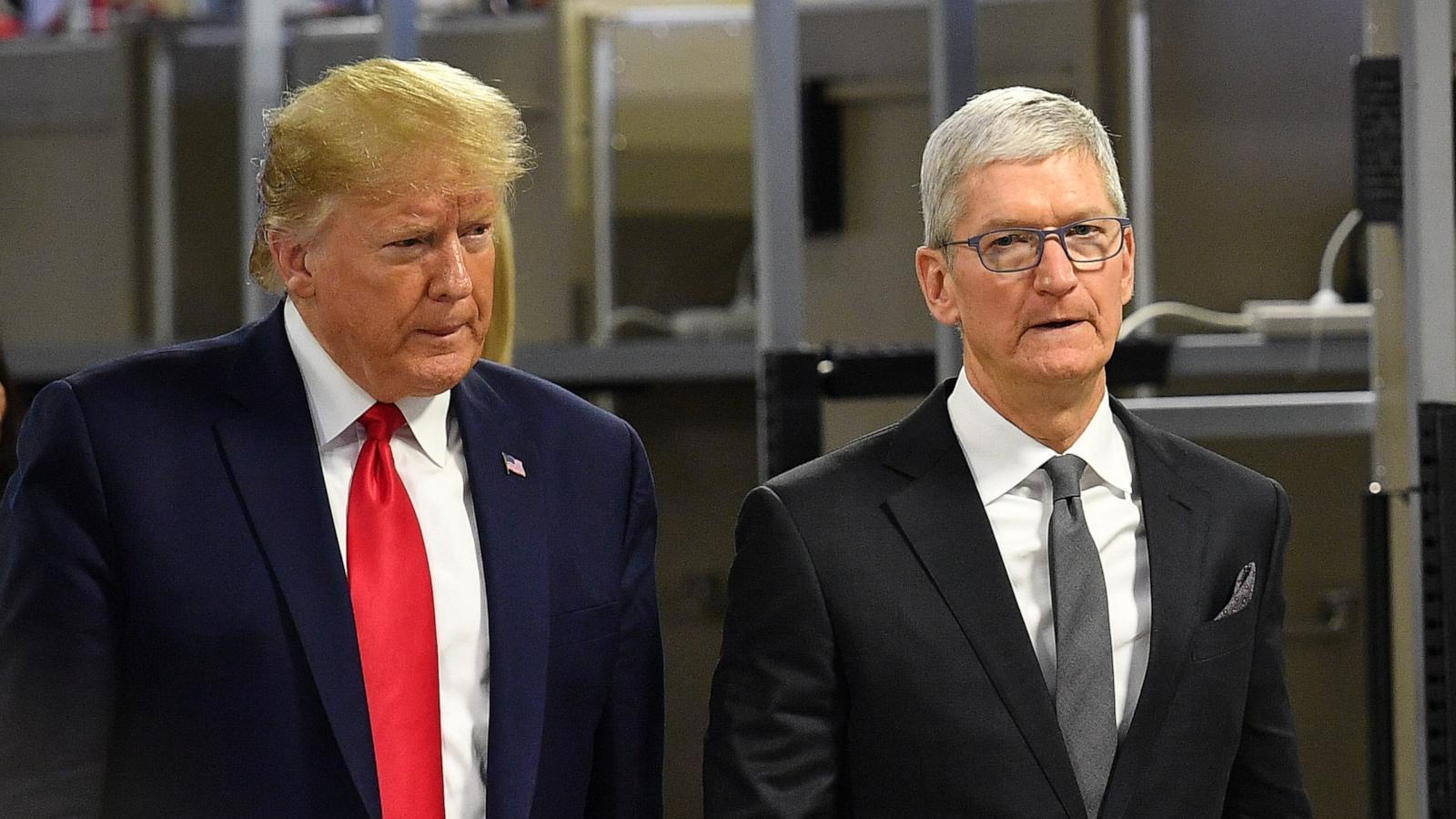
Economists and trade experts warn that imposing such tariffs could have wider repercussions beyond Apple, potentially sparking retaliatory measures and complicating international trade relations. Higher prices for consumer electronics could dampen demand and slow market growth, affecting the broader economy.
As the situation develops, all eyes are on Apple’s response and whether negotiations with the government can avert the threatened tariffs. The outcome will have far-reaching implications, not only for Apple’s business strategy but also for the future of manufacturing and trade policy in the technology sector.
In conclusion, Trump’s latest move to pressure Apple with a substantial 25% tariff highlights ongoing tensions surrounding overseas production and domestic manufacturing. How Apple navigates this challenge will be critical in determining its competitive position and market dynamics in the years ahead.

